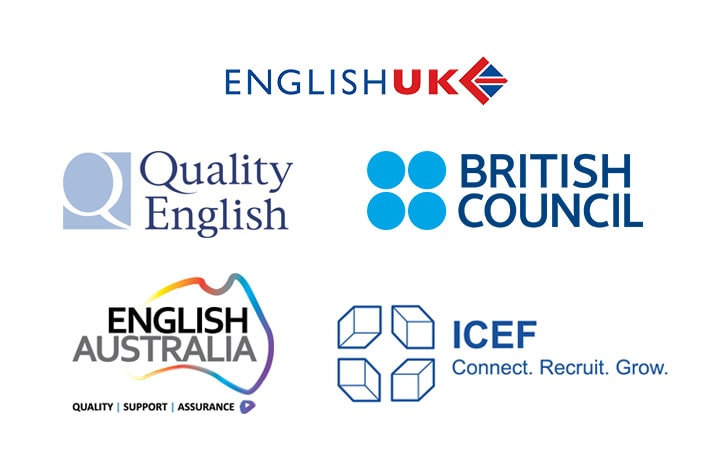Duquesne Incline: From the cars there are great view out over the city. The Duquesne Incline is a working museum, with the upper station providing photos and displays on the history of the incline. Visitors can also see the inner workings of the incline.
The Strip District: Is now one of the city's main tourist centers and a scene of lively activity throughout the day. The area is home to shopping, art, dining, and all kinds of markets to buy produce, meat, and a variety of other foods.
Phipps Conservatory: The central feature is a 13-room Victorian glasshouse providing something with each changing season. The highlights include Japanese, perennial and aquatic.The Discovery Garden has butterfly and bird gardens, a color wheel garden, and a sensory garden.
Take in a game: Pittsburgh is known for its rich sports history and tradition. Get into Pittsburgh's strong steel spirit, by attending a football game with the Steelers, baseball with the Pirates, hockey with the Penguins, or soccer with the Riverhounds.
The Carnegie Museum: One of Pittsburgh's most internationally recognized institutions, houses extensive collections of Impressionist and post-Impressionist paintings, American and European paintings.
Source: http://pittsburgh.about.com/od/things_to_do/a/favorites.htm







